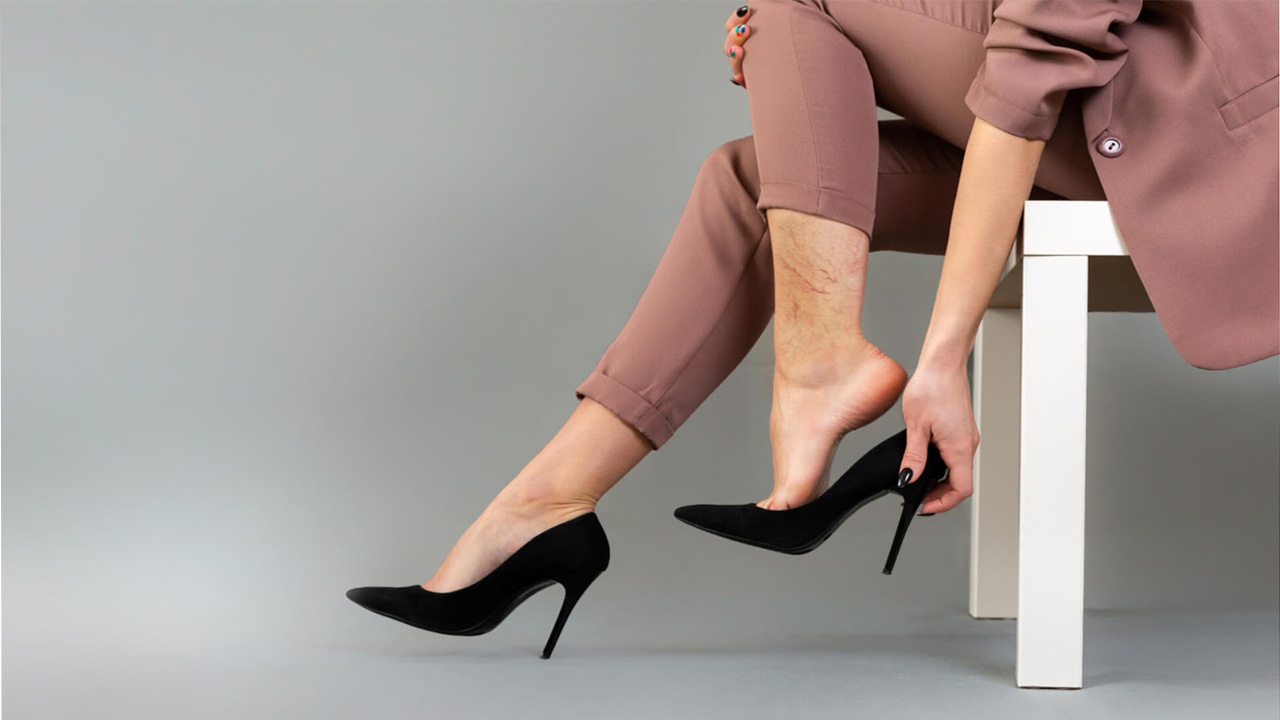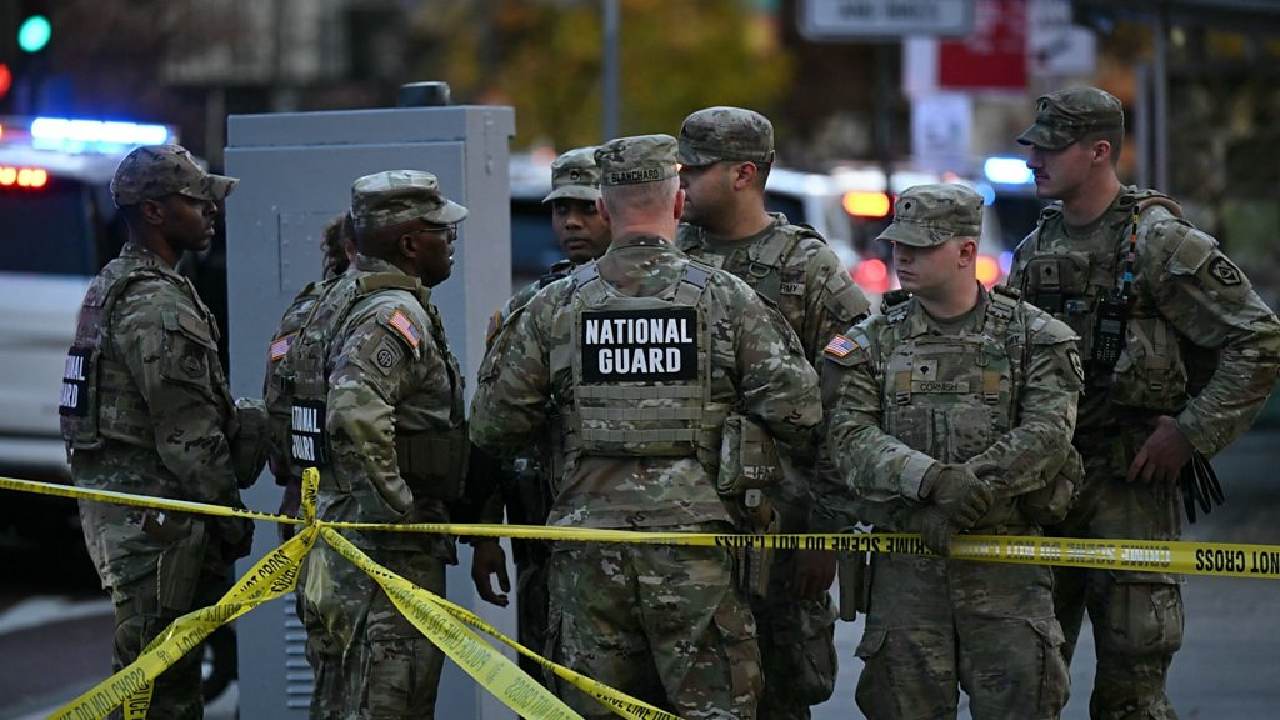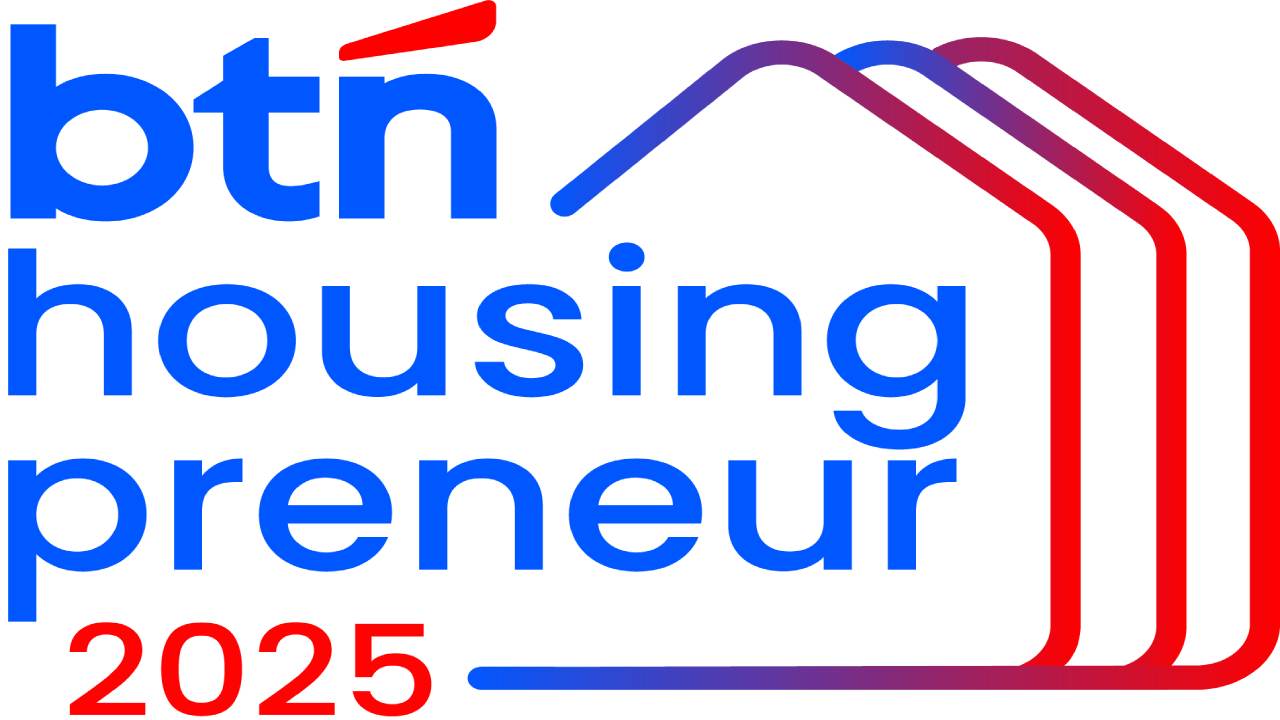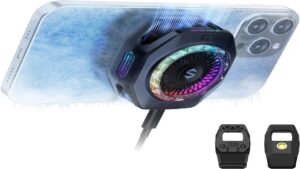Doctor Reveals 5 Ways to Prevent Varicose Veins When Wearing High Heels
Ohana Magazine – High heels can enhance your appearance and make your legs look longer. However, behind their beauty lies a health risk: chronic venous insufficiency, or varicose veins. This condition occurs when veins in the legs widen, causing blood to pool and flow inefficiently back to the heart.
Varicose veins are often dismissed as a cosmetic issue, but when left untreated, they can lower quality of life and lead to serious health complications.
Why High Heels Can Trigger Varicose Veins
According to Dr. Charley Dokma Tua Simanjuntak, Sp.B, Subsp. B.V.E. (K), a Vascular Surgery Specialist at RS Pondok Indah, the problem starts with how calf muscles work in heels.
“Your calves work like a pump. To move blood upward, the muscles must alternately contract and relax. When wearing high heels, the calves remain tense, making blood pumping less efficient,” he explained during a media discussion titled ‘Secrets to Healthy Legs Without Varicose Veins’.
What Are Varicose Veins?
Varicose veins are swollen, enlarged, and twisted veins that appear just under the skin, often blue or purple in color. They commonly develop in the legs due to high pressure in the lower veins when standing or walking.
They are a symptom of chronic venous insufficiency, which can worsen over time if not addressed.
5 Ways to Prevent Varicose Veins While Wearing High Heels
1. Choose Heels Under 5 cm With Wider Bases
Opt for heels no higher than 5 cm to reduce calf muscle tension. Extremely high heels keep calves constantly tense, disrupting blood flow. Select wider heels to distribute your weight evenly and reduce vein pressure.
“Skip stilettos for long wear. Wider heels are safer for circulation,” Dr. Charley advised.
2. Limit Wear to a Maximum of Three Hours
Avoid wearing high heels all day without a break. Dr. Charley recommends limiting usage to three hours for formal events or specific occasions. After that, remove your shoes to let your feet rest before putting them back on if needed.
“If you’re attending a formal event or watching a show for three hours, it’s fine. After that, take them off and give your feet a break,” he said.
3. Move Your Legs Every Hour
If your job involves standing or sitting for long periods, avoid keeping your legs still. Set an hourly reminder to move. Simple movements like calf raises or ankle rotations can significantly help blood circulation.
“Just tiptoe in place or move your feet — you don’t have to walk far,” Dr. Charley explained.
4. Wear Properly Fitted Compression Stockings
Compression stockings act like a gentle, constant massage that helps blood flow back to the heart. “Choose stockings based on your calf and ankle circumference for optimal compression. If they’re too loose, they won’t work; too tight, and they can cause irritation,” he said.
5. Do Aerobic Exercises Regularly
Engage in 30 minutes of aerobic exercise a day, five days a week, to improve calf muscle pump efficiency by up to 30% and reduce venous stasis. Swimming and cycling are also excellent for vein health.
Treatment Options if Varicose Veins Develop
Varicose veins will not disappear on their own and may worsen if ignored. Treatments include:
- Conservative therapy: compression stockings, lifestyle changes, venoactive medications, and pain relief therapy.
- Minimally invasive procedures: sclerotherapy, endovenous ablation (laser, radiofrequency, or medical glue).
- Surgical options: vein stripping, phlebectomy, and perforator ligation.













